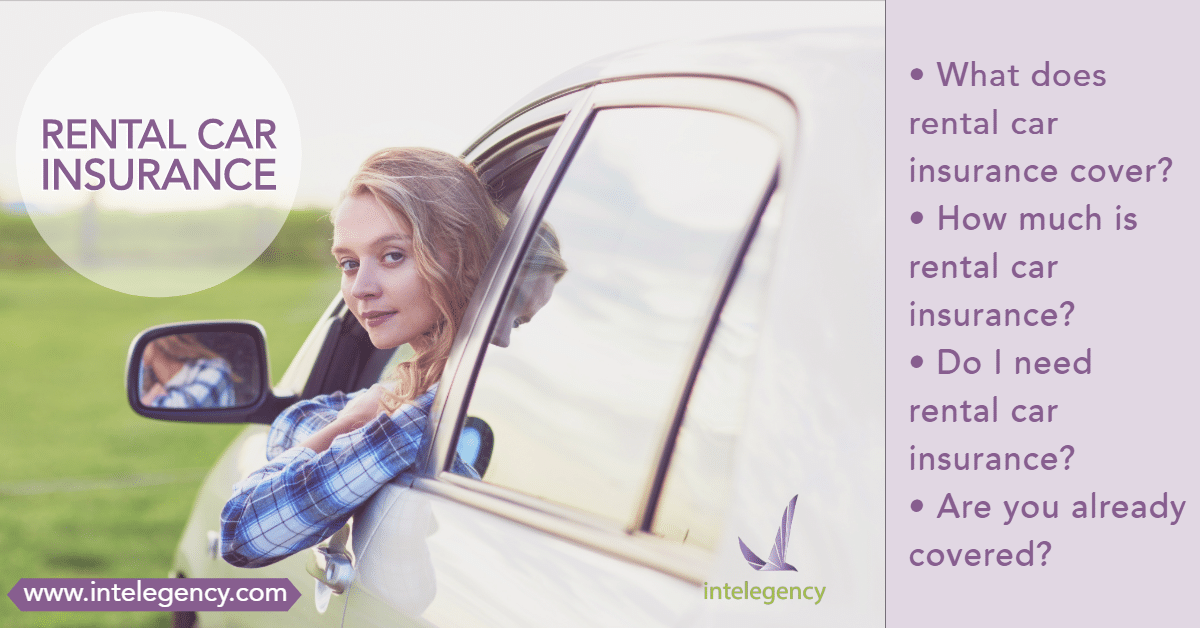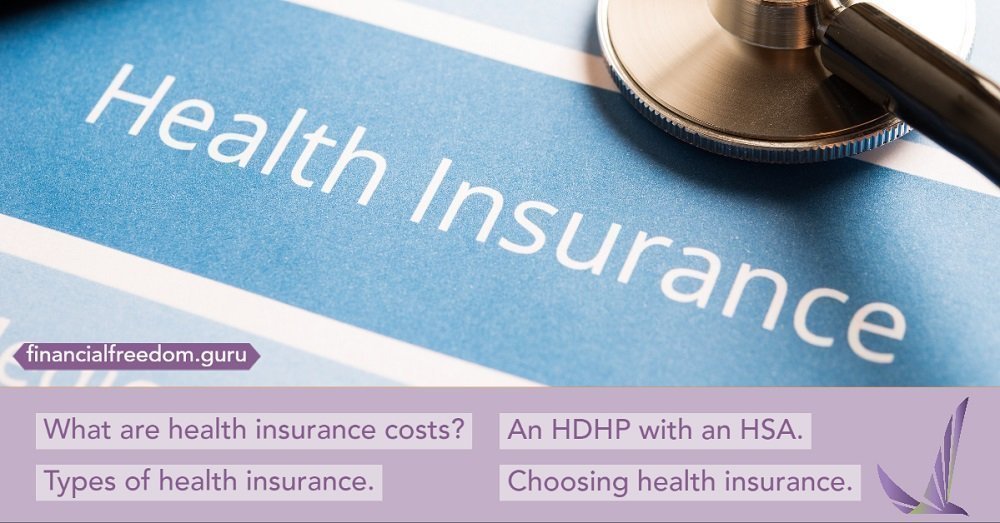Auto Insurance: How It Works
Auto insurance is one of those things you always have to get but hope that you never need. For most states, it’s a mandatory cost of operating your car; but that doesn’t mean that you buy it and forget it. Your insurance policy must have a minimum amount of coverage based on the state you live in. Beyond that, you should review exactly what your policy covers. Being under-insured for your driving habits will cost you money if something goes wrong or you end up being sued. When over-insured, you’re wasting money on coverage you most likely will not need.
What Is Auto Insurance?
Auto insurance is simply an agreement between your insurance provider and you (the covered party). It explains what should happen if there is an incident or accident involving your vehicle. The policy is designed to minimize your financial losses. You pay annual premiums to the insurance company (either monthly, quarterly, semi-annually or once a year). Your insurance company pays most or all of your incurred costs instead of you paying out of pocket. The costs can include vehicle damage for you, or others involved in the accident, and associated medical expenses. It may also cover costs for loss of use of the vehicle, including rental car costs while your vehicle is being repaired.
Types of Auto Insurance Coverage
A car insurance policy consists of several mini policies that each have their own benefits and premiums. When selecting auto insurance coverage, you can choose different options for each mini policy. Before you purchase the policy, it’s best to understand what each choice entails. This will help construct the most appropriate package for your protection.
Some of the most common types of policies are:
1. Liability Car Insurance
You are responsible for damages if you are found to be at fault for causing a car accident. Liability insurance covers the costs of the other person’s car repairs and medical bills. In most states, liability insurance is the least amount of coverage you can legally have. It’s also known as “minimum coverage”, and there are two parts:
- Property damage liability insurance protects you from the cost of repairing other people’s injured property, like a broken windshield. Each state will determine the minimum requirements for this policy. In general, it’s recommended that you should carry a policy with a higher limit than the minimum. Any expenses beyond the policy coverage amount will need to be paid out of your own pocket.
- Bodily injury liability insurance provides coverage for harm done to other people. It covers the cost associated with doctor and hospital visits, and physical therapy. Like property damage liability, you would be responsible for any excess over your coverage limit. Most states set the body injury insurance at $25,000. Minimum limits can be as low as $10,000 (as in Florida) or as high as $50,000 (as in Alaska). To determine the coverage you need, you should assess your budget and the assets that could be at risk.
It is important to note that liability coverage does not extend to damage to yourself or your own car.
2. Physical Damage Car Insurance
This policy covers the damage experienced by your vehicle that may or may not be your fault. For example, you could incur damage when you hit another car; or a tree branch may fall onto your vehicle. In order to have your car repaired, you must have physical damage car insurance. This policy carries a separate deductible per incident that must be paid before the insurance will be applied. It ranges between $50 and $2,000 and can be stepped up in increments. Be aware that a higher deductible usually results in a lower premium, and vice versa. There are two types of Physical Damage Car Insurance:
- Collision Coverage, which insures you against repair costs for your own car if you were at fault.
- Comprehensive Coverage, also known as comp insurance or OTC, which includes protection against non-accident damages. Damages from natural disasters, theft, and vandalism are some examples of what is covered. It also covers damages from non-collision accidents. Comprehensive coverage will not cover personal items like a car radio or wallet if stolen.
3. Rental Insurance
Your insurance provider may offer their protection against liabilities from an accident while renting a car. (This differs from the Car Rental Reimbursement Insurance, which pays for a rental car while the covered car is repaired.) It’s best to verify how much coverage is offered and if it is already in your policy. If not, ask if it can be added by paying a small fee. This insurance can allow you to decline the policy offered by the rental car company.
4. No-Fault or Personal Injury Protection (PIP)
The medical expenses that you and your passengers incur in an accident are covered by PIP. This coverage applies regardless of who is at fault. PIP may also cover additional costs like lost wages, childcare and replacement household costs, and funeral costs. Some states, like New York and Michigan, mandate PIP is necessary for all insurance policies. Other states allow it to be optional. Due to the fact it pays for expenses regardless of who is at fault, its premiums can cost a bit more.
5. Uninsured/Underinsured Motorist Coverage
Despite the best intentions of the law, there are still many motorists who do not have auto insurance. In case of an accident, there is no insurance to protect them, or you. It could also be that their minimum coverage is not enough for the liabilities you have incurred. Uninsured/Underinsured Motorist policies protect you from their lack of coverage. It is usually a low-cost addition to your policy, and some states require motorists to have it.
- Uninsured Motorist Coverage handles expenses related to injuries and damages sustained due to an insured driver. It also protects against hit and run accidents and stolen vehicles.
- Underinsured Motorist Coverage protects against when the at-fault’s driver’s coverage isn’t enough for the liabilities they’ve caused. You can choose to sue the driver for the excess liabilities, but they may not be able to pay. The underinsured motorist coverage will help pay the balance of the medical and other expenses caused by the accident.
Most states require motorists to obtain and maintain personal auto insurance, although the laws and coverages vary by state. Each policy can be customized to suit your lifestyle and budget. Before purchasing a policy, you should read the laws in your state and determine the minimum coverage you require. (A reputable insurance company should do this for you as well.) Once you know the minimum, you can then begin to see what additional coverage you would need. Just because the law doesn’t require it doesn’t mean that it may not be beneficial to add to your policy. Who drives the car, their driving habits and the hazards you may encounter will help decide what coverages to add.
How Much Is Car Insurance?
Car insurance costs vary between cars, locations, and drivers. It’s best to compare prices and coverages between car companies before you buy. Some of the factors influencing the price are:
- The value of your car. Sports cars are more expensive to insure than a family sedan. Car models that have higher incidents of theft will be more expensive to insure.
- Where you live. Locations with a higher rate of accidents or vandalism will have higher insurance costs. Cities tend to have more accidents, so insurance rates may be higher than in the suburbs or rural areas.
- How often you drive. The more often you get behind the wheel, the higher the likelihood you are in an accident. If you have a longer commute to work, you may pay more than someone who lives closer to work. People who use their cars on weekends only would have lower costs than daily commuters.
- Who you are. Your age, gender, marital status, and driving history are all factored into your insurance policy. Statistically, drivers under the age of 25, young men, and single men of any age have higher accident rates. A single 22-year-old man is likely to have a very high car insurance premium. However, he may pay less than the average 22-year-old single male if he has a stellar driving record.
If your driving history shows frequent accidents or traffic violations, expect to pay more than safer drivers.
Car Insurance Deductibles
It is not enough to know the value of your car or the frequency of automobile accidents and traffic violations. The cost of auto insurance also depends on how much you are willing to pay for your coverage. Part of that is your premium; the other part is your deductible. The deductible is how much you are willing to pay before your coverage applies. Every insurance policy has a deductible because the policy does not cover all of the required expenses. You will be required to pay a part of the costs, as defined by your auto insurance policy. Deductibles are governed by state laws but are usually either $100, $250, $500, or $1000. Let’s say you are in an accident that causes $3500 in damages, and you have a $500 policy. You would be required to pay $500, and your insurance company would cover the remaining $3000.
How to Keep Auto Insurance Rates Down
There are a few guidelines you can use to keep your car insurance costs low.
- Consider buying a car that looks good on paper to the insurance companies. Your aim should be avoiding a huge premium. Some examples of what to avoid include:
- Cars with only two doors. These are classified as sports cars and come with a higher premium.
- Super unique cars, like a GTR imported from Japan.
- Muscle cars like a Ford Mustang GT or Dodge Hellcat. Your premium may be more than the monthly loan payment.
- Drive on your best behavior. A single ticket or accident can raise your insurance for years.
- Consider using an insurance broker to gather multiple car insurance quotes quickly for comparison.
- If you’re vacationing without your car, consult your insurance company to see if you can lower your costs. They may pause your insurance for a month or lower your coverage while the car is not in use.
- Consider your mileage. Motorists who don’t drive a lot may be able to get cheaper insurance for keeping their mileage low. Check with your insurance company for more details.
Conclusion
Purchasing auto insurance can be confusing, but it doesn’t have to be. Spend the time to learn the types, and what factors into your policy. Your benefit will be having the appropriate coverage which saves you money upfront, after the fact or both.






